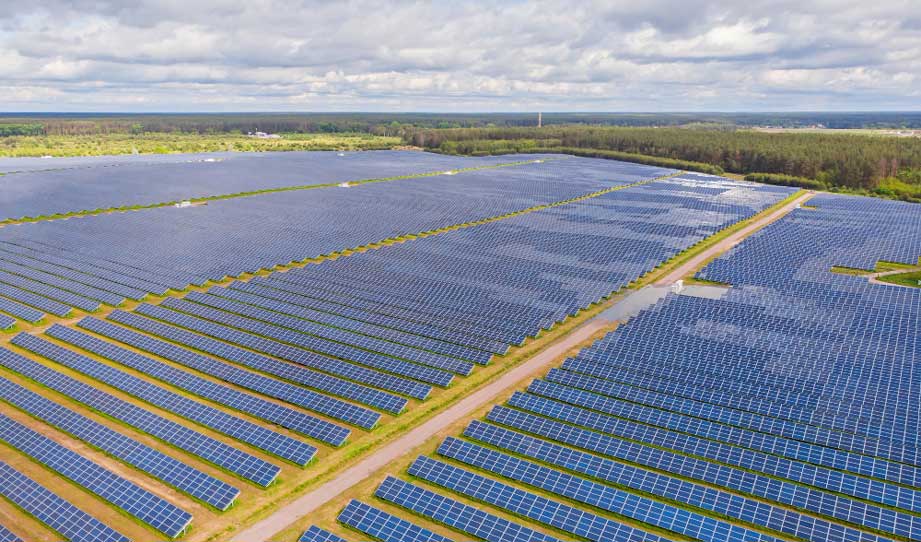Solar installations in the United States are expected to increase by 400% by 2030. An industry body said that the reason is the extension of a key industry subsidy last year and the growing demand for carbon-free energy.
The solar sector will install 324 gigawatts (GW) of capacity over the next decade, which is more than three times the 100 GW installed by 2020.
Reuters reports that these figures reflect both the solid demand from utilities and corporations looking to meet climate change goals and the declining costs of solar technology.
“Just 3% of U.S. electricity is generated from the sun, but SEIA hopes that will rise to 20% over the next decade. Installations rose 43% last year to 19.2 GW, an annual record for the industry. Utility-scale projects, which account for most of the market, experienced only minor disruptions due to coronavirus pandemic-related shutdowns.”
By the end of last year, Congress extended a 26% tax credit to help reduce the cost of solar facilities as part of a coronavirus aid package.
SEIA, however, says that further tax incentives are needed, as well as the lifting of tariffs on overseas-made panels, and workforce training.
The 324 GW of solar energy will produce enough electricity to power about 60 million homes, which is around 40% of the homes in the country today.


